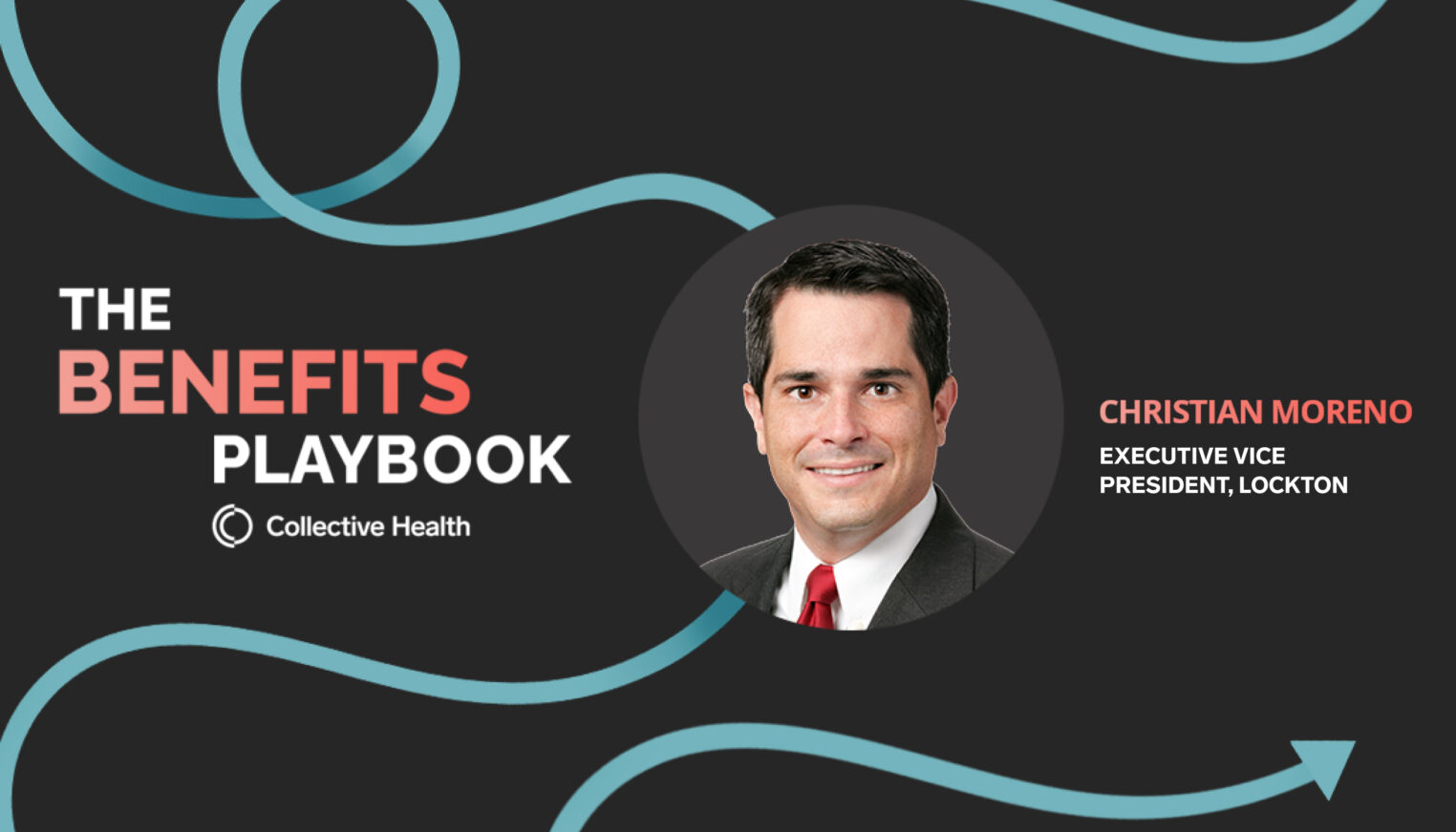As benefits leaders, you want to offer great employee benefits. But what “great” looks like can differ wildly from workforce to workforce—the industry you’re in, type of work your employees do, geographic distribution, and employee demographics all play a vital role in what they need and expect from their benefits. A plan that works well for a remote tech company might fall flat for a manufacturing team all based in one location.
Meeting the needs of your specific workforce is not only critical to keeping employees engaged, but crucial for staying competitive to attract and retain top talent. So how can you ensure your health benefits strategy works for your people and maximize the value of what you spend on healthcare?
Tailoring programs with a self-funded plan
Self-funding gives you the opportunity to tailor your programs more closely to the needs of your employees, especially when these are underserved by traditional one-size-fits-all, fully-insured health plans. You have more visibility, control, and choice with vendors and providers that work best for your population (and your company’s goals).
Does your benefits strategy involve guiding members to the high value care at a lower cost? You can structure your plan design to do that. Want to give members better access to surgical centers of excellence? Or, are your employees asking for digital behavioral health tools, or GLP-1 weight management solutions? You can provide those solutions, too.
And, with the right TPA partner, you don’t have to worry about getting lost with all these individual vendors. Modern, integrated TPAs streamline the administrative experience for your team, as well as the benefits experience for your people.
Kristen Jordan, Benefits & Wellness Manager at Chime, describes the advantages of a self-funded health plan on The Benefits Playbook podcast. “When employers use the flexibility of a self-funded model to tailor their plan to their population, they see better outcomes—not just in cost, but in employee satisfaction and engagement too.”
Building value and engagement through point solutions and employee programs
Your plan design should reflect the reality of your workforce: their demographics, geography, lifestyles, and evolving health needs. Whether that means offering virtual care options for a distributed team or chronic condition support for an older population, the right mix of point solutions can deliver better outcomes and happier members.
Some popular point solutions that employees can benefit from include:
- Digital Behavioral Health Solutions: Conditions like anxiety and depression can significantly reduce quality of life and can lead to costlier health challenges down the line. Unfortunately, finding a mental health provider can be challenging, but with a digital behavioral health vendor your plan could offer more convenient, telehealth access to a network of providers who can help members engage with their mental health concerns.
- Weight Management Solutions: A growing number of vendors are working with health plans to provide access to weight management solutions – including access to GLP-1 medications—which can help lower the risk of diabetes and other comorbidities that are associated with obesity.
- Wellness Programs: Beyond helping with mental and physical health concerns, many self-funded health plans are offering employee wellness programs aimed at helping members address their emotional, social, and financial well-being.
With an integrated, modern TPA, all of these components can feel like a single, seamless experience for your members—not a fragmented set of tools.
Communicating benefits to your people
Designing a great plan is only half the battle. The other half? Making sure your people understand it.
In fact, 71% of employees say that they struggle to understand their health benefits. One way to help alleviate this is by adopting simplified plan designs, like Collective Health’s Guide Plans, which make it simple and easy to understand benefits and access high quality care.
But no matter what you choose, it falls on the employer to help educate and guide their people towards how best to use their benefits.
Communicating effectively means knowing your audience—and when it comes to health benefits, what people need and want can change based on who they are and where they are in their lives.
- Know Your Demographic: If your workforce has many Millennial and Gen Z employees, the things they value may be different than their Gen X and Baby Boomer counterparts. That means ditching the static one-pager and annual enrollment meeting and instead creating ongoing, targeted communications that reflect how your employees want to engage.
- Use The Channels They Prefer: Pay attention to how your workforce likes to communicate – if they tend to engage more with chats on Teams or Slack, prioritize those over emails when sharing benefits information with them.
- Reach Out to Non-Employee Members: Find ways to share information with spouses and other dependents who are members of your health plan to make sure that they too are engaged with their health benefits.
- Communication Goes Both Ways: While it’s on you to share information with your employees, it’s also important to listen to them. Survey them on what they want from their health experience, keep them engaged, and show them they’re an important part of the benefits decisions you’re making.
Making member experience a priority
Even the best benefits plan can feel useless if it’s hard to use. A poor experience—confusing portals, long call wait times, fragmented navigation—can make members disengage entirely.
That’s why member experience isn’t a nice-to-have—it’s essential. At Collective Health, we prioritize experience, and it shows: our member Net Promoter Score (NPS) sits at 70.
Because when members feel cared for, they’re more likely to get the care they need. And when they do, everyone wins—including your business.
To learn more about how to ensure your health benefits are the right fit for your workforce, check out Collective Health’s The Benefits Playbook podcast, where we sit down with industry experts like Kristen Jordan to explore the real challenges—and solutions—in modern health benefits.



